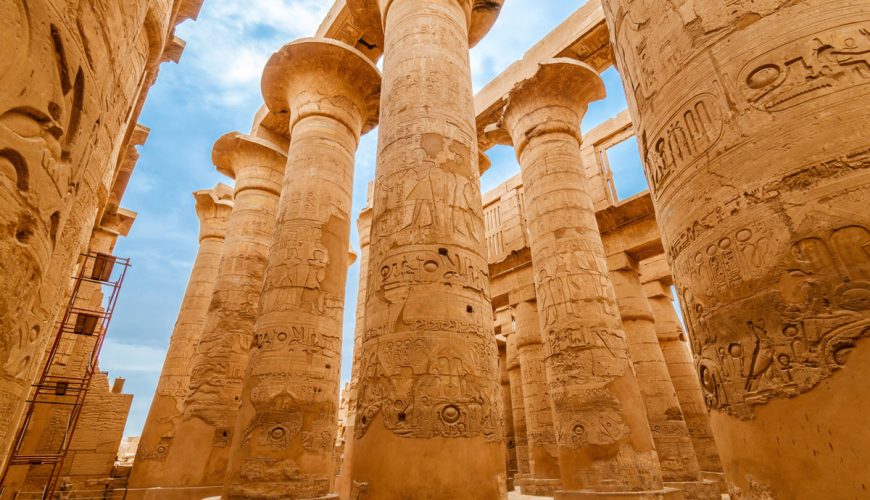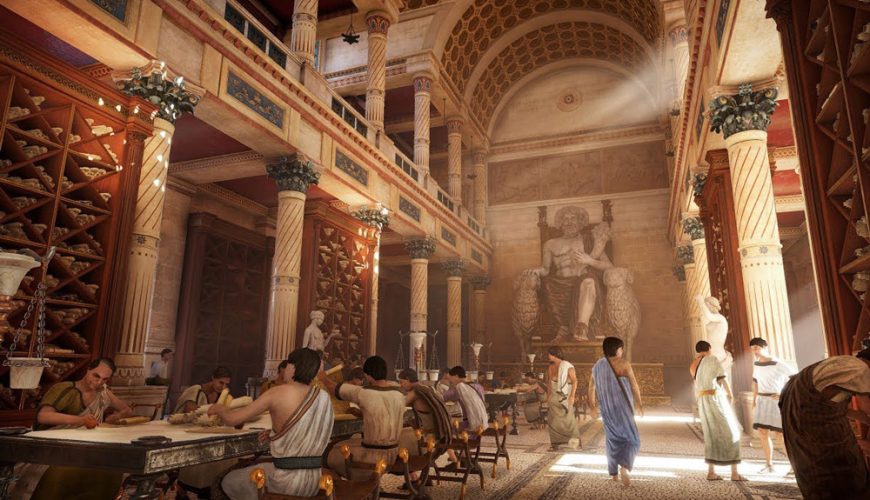Beyond the Pyramids: Exploring Luxor’s Temples and Tombs
While the iconic Pyramids of Giza often dominate the imagination when thinking of Egypt, the city of Luxor, ancient Thebes, holds an equally breathtaking concentration of monumental treasures. Situated on the banks of the Nile River in Upper Egypt, Luxor is often described as the world’s greatest open-air museum. It served as the vibrant capital of Egypt during the New Kingdom (roughly 1550–1070 BC), a period of immense power, wealth, and architectural ambition. A visit here transports you back millennia, offering unparalleled insights into the religious beliefs, daily lives, and funerary practices of the pharaohs. This guide delves into three of Luxor’s most unmissable sites: the sprawling Karnak Temple complex, the elegant Luxor Temple, and the mysterious Valley of the Kings.
Alexandria: Echoes of Cleopatra and the Great Library
Stretching along Egypt’s Mediterranean coast, Alexandria offers a distinctly different flavor compared to the Pharaonic wonders of the Nile Valley. Founded by Alexander the Great around 331 BC, this legendary city quickly rose to become the intellectual and cultural capital of the ancient world, a cosmopolitan hub where Greek, Egyptian, and Roman influences converged. Its name evokes powerful images: the colossal Lighthouse (Pharos), one of the Seven Wonders of the Ancient World; the legendary Great Library, a repository of unparalleled knowledge; and the dramatic reign of its last Ptolemaic ruler, Cleopatra VII. Though much of its ancient grandeur lies buried or submerged, modern Alexandria retains a captivating atmosphere, blending its rich history with a vibrant Mediterranean energy.


